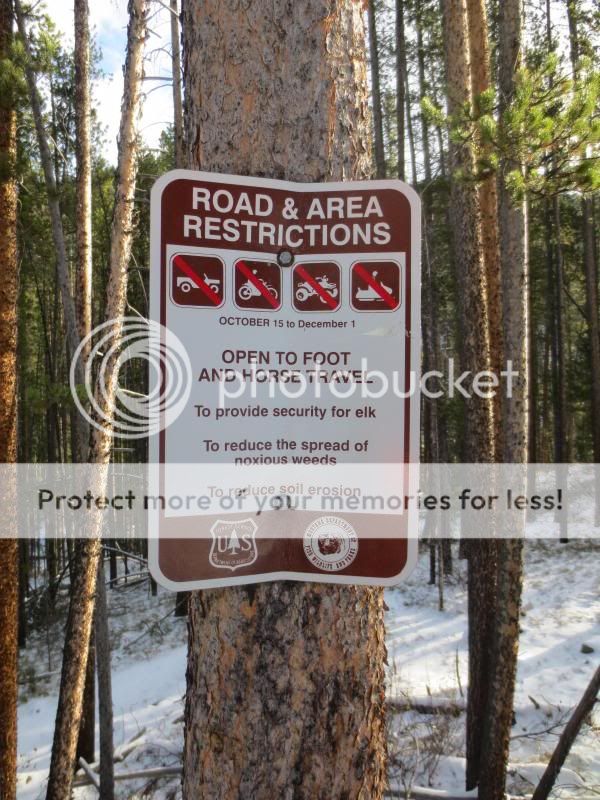jryoung
Well-known member
Hearing the constant drone that land management decisions should be made locally and not by some bureaucrat in DC got me thinking. Who actually makes the management decisions?
Certainly there are federal rules to comply with (NEPA) when making decisions, but when it comes down to particular issues or decisions I would have to imagine that most are made in some sort of collaborations between state agencies, and local federal employees.
Is this typically how it's done? Or is their significant oversight from DC that have the final say and they can filter local influence as they choose? I'd love to understand more about this especially from you folks in the know.
It got me thinking about these signs I see in Montana, I haven't seen them elsewhere (granted I haven't been in every part of elk country across the west) and it seems to be a point of cooperation of local MTFWP and the Beaverhead-Deerlodge NF. Is my assumption correct here?

Certainly there are federal rules to comply with (NEPA) when making decisions, but when it comes down to particular issues or decisions I would have to imagine that most are made in some sort of collaborations between state agencies, and local federal employees.
Is this typically how it's done? Or is their significant oversight from DC that have the final say and they can filter local influence as they choose? I'd love to understand more about this especially from you folks in the know.
It got me thinking about these signs I see in Montana, I haven't seen them elsewhere (granted I haven't been in every part of elk country across the west) and it seems to be a point of cooperation of local MTFWP and the Beaverhead-Deerlodge NF. Is my assumption correct here?





